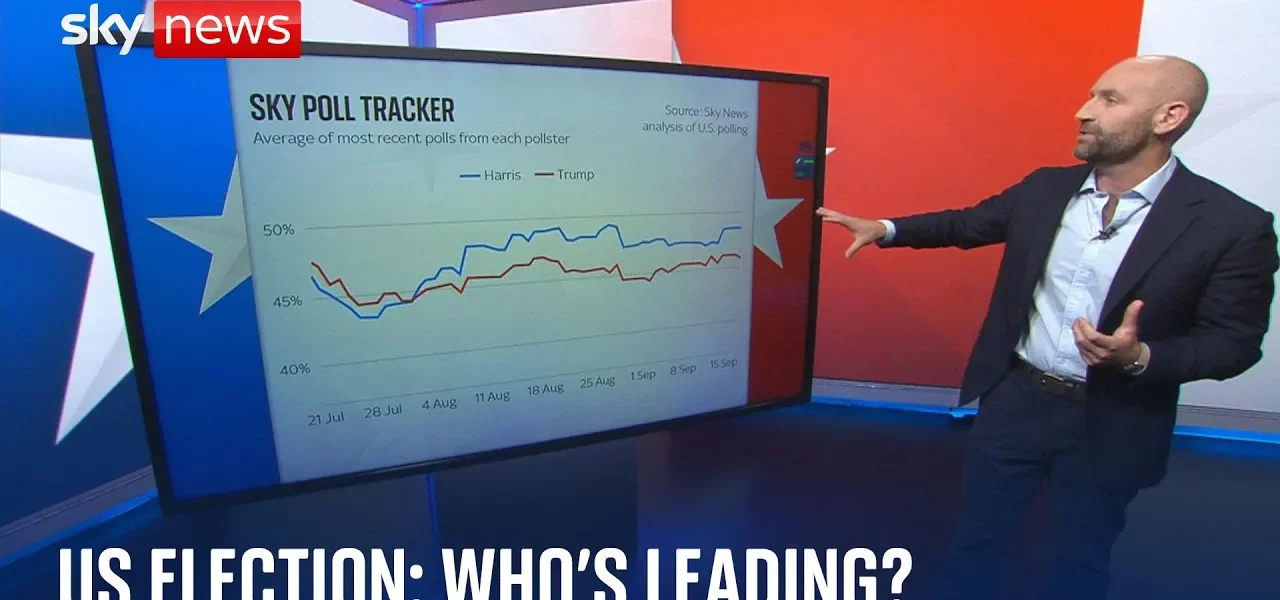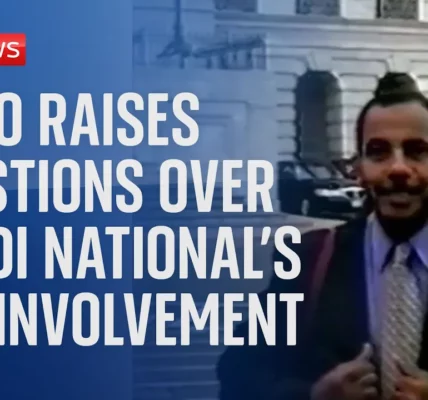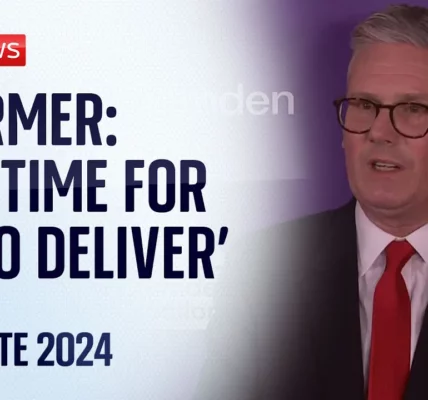The Big and the Small: Analyzing the US Elections

In this article, we delve into the intricacies of the US elections, highlighting how local issues and voter preferences in swing states will influence the overall outcome. With a focus on major candidates like Kamala Harris and Donald Trump, we explore the key concerns that matter most to the electorate.
Introduction
The United States is an expansive nation, characterized by diverse populations and local issues that significantly impact the electoral landscape. As we approach the upcoming elections, it is crucial to understand how these local dynamics will play a pivotal role in deciding the overall outcome. While national polls provide a broad overview of candidate standings, the real battle will be fought on the ground in local communities, particularly in swing states where voter sentiments are often volatile. This article aims to dissect the current polling data, highlighting the key areas of concern for voters and how these may shape the election results.
Current Polling Landscape
Recent polling data indicates a competitive race as candidates vie for the crucial 270 Electoral College votes necessary to win the presidency. Notably, Kamala Harris appears to be maintaining and slightly extending her lead in national polls, currently at plus three. However, the focus must shift from national numbers to local implications, especially in swing states that can sway the election.
Understanding Swing States
Swing states are defined as those where no single candidate holds a significant advantage, making them critical battlegrounds. In the current electoral climate, three key regions have emerged as focal points:
- Southeast: Typically agricultural with unique socio-political dynamics.
- Northeast: Home to former industrial towns facing economic transitions.
- Southwest: Characterized by diverse demographics and issues surrounding immigration.
Voter Concerns in Swing States
As candidates strategize to appeal to voters, understanding the primary concerns is essential. Polling data reveals that voters across swing states largely prioritize similar issues, though the nuances may vary.
Top Voter Concerns
- Economy: Given recent inflation, economic stability tops the list of voter concerns.
- Immigration: A significant issue, particularly in states with large immigrant populations.
- Threats to Democracy: Concerns about political polarization and democratic integrity.
- Crime: Safety and crime rates are pressing issues for many voters.
Candidate Trustworthiness on Key Issues
When evaluating which candidate voters trust to handle these issues, the results show distinct preferences:
- Economy: Donald Trump holds a lead, though Harris is gaining traction.
- Immigration: Trump leads significantly.
- Threats to Democracy: Both candidates are currently tied.
- Crime: Harris enjoys a substantial lead.
Candidate Favorability Ratings
Another crucial aspect to consider is the overall favorability of the candidates. Favorability ratings can heavily influence voter turnout and ultimately impact election results. Current data indicates a noticeable gap in favorability:
Evaluating Candidate Preferences
Kamala Harris currently enjoys a significant lead in favorability ratings, which could play a pivotal role in her campaign strategy. However, it is essential for her campaign to translate this general favorability into concrete support in swing states.
Conclusion
The upcoming US elections will hinge on the interplay between broad national trends and localized voter concerns. With Kamala Harris and Donald Trump leading the charge, understanding the priorities of voters in swing states is critical. The complex dynamics of the economy, immigration, threats to democracy, and crime will define the candidates’ strategies as they work to secure the necessary support. As the election approaches, staying informed about these issues will be vital for voters. We encourage readers to engage with local political discussions and consider how these factors may influence their voting decisions.
For more insights on the electoral process and voter engagement, check out our related articles on local politics and voter sentiment analysis.
“`




